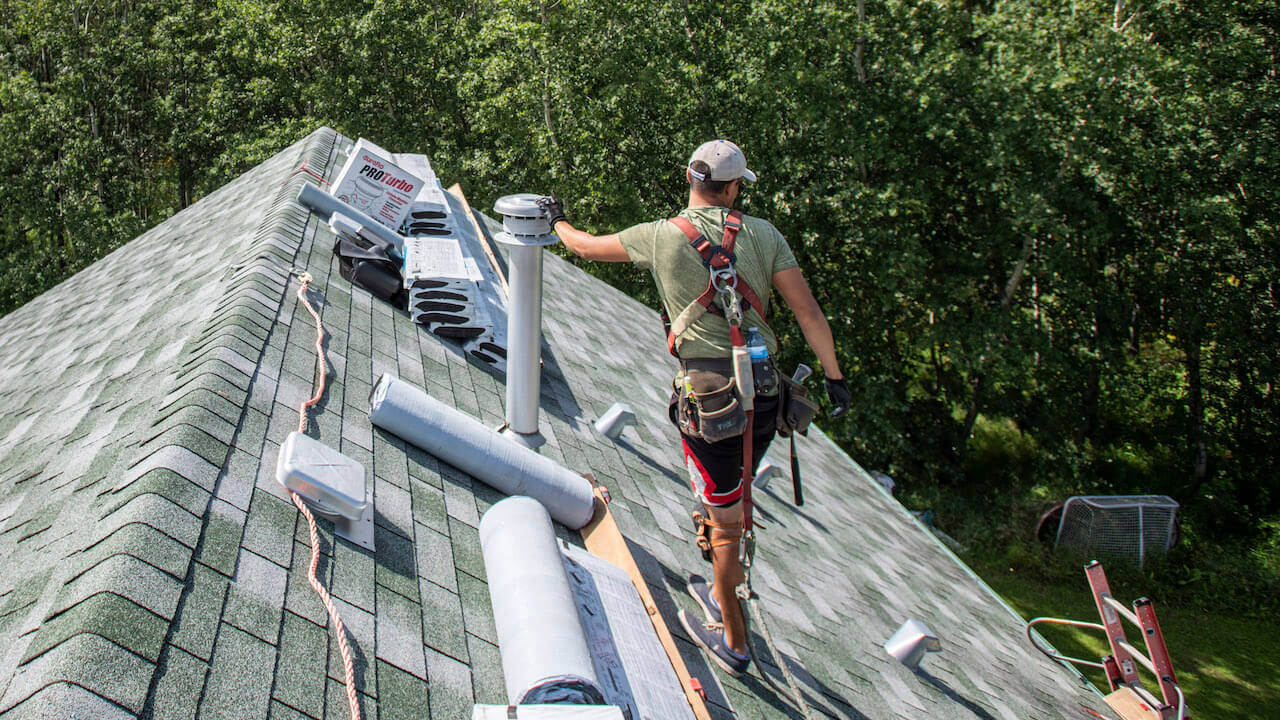How to Spot Roof Damage After a Storm A Homeowner’s Checklist

Severe storms can wreak havoc on your roof, leading to potential leaks and structural issues. After a storm, it’s essential to assess your roof for damage to prevent further complications down the line. Knowing what to look for can save you time, money Flat Roofing Systems, and stress. This checklist will guide homeowners through the steps needed to inspect their roofs effectively after a storm, ensuring that any damage is identified and addressed promptly.
- Conduct a Visual Inspection
Start your assessment with a thorough visual inspection from the ground. Use binoculars to get a closer look at the roof’s surface without putting yourself at risk. Look for missing or displaced shingles, as well as signs of curling, cracking, or blistering. Pay close attention to areas around chimneys, vents, and skylights, where leaks are more likely to occur. Additionally, check for debris accumulation, such as branches or leaves, which can trap moisture and lead to further damage if not removed. This initial inspection will give you a good overview of any visible issues. - Check for Water Stains Inside
After a storm, it’s crucial to inspect the interior of your home for signs of water intrusion. Look for water stains on ceilings and walls, which can indicate leaks originating from the roof. Pay special attention to areas directly beneath roof valleys, chimneys, and vents, as these are common points of entry for water. If you notice any discoloration, sagging, or bubbling in the ceiling or walls, it’s a clear sign that further investigation is needed. These interior signs often indicate that damage has occurred, even if it isn’t visible from the outside. - Inspect Gutters and Downspouts
Your gutters play a critical role in directing water away from your home, so it’s essential to check them after a storm. Look for debris buildup, which can impede water flow and lead to overflow or water damage. Additionally, inspect for dents or bending in the gutters, which could indicate the force of hail or falling debris. Ensure that downspouts are clear and functioning properly. If gutters are damaged or clogged, repair or clean them to maintain proper drainage and protect your roof and foundation. - Look for Missing or Damaged Flashing
Flashing is a vital component in preventing water leaks, so it’s essential to check for any damage after a storm. Inspect areas around chimneys, vents, and roof penetrations for loose, cracked, or missing flashing. If flashing is compromised, it can allow water to seep into your home, leading to extensive damage. If you notice any issues, contact a roofing professional to assess and repair the flashing as needed. Proper flashing ensures that vulnerable areas are protected from the elements. - Examine the Attic Space
If you have access to your attic, it’s beneficial to inspect this area for signs of roof damage. Look for any visible signs of leaks, such as water stains, mold growth, or damp insulation. Check for any daylight visible through the roof boards, which can indicate holes or gaps that need attention. A thorough examination of the attic can reveal hidden problems that might not be apparent from the exterior. If you find any signs of moisture or damage, it’s important to address these issues promptly. - Consult a professional Roofer
After conducting your initial inspection, it’s wise to consult a professional roofer for a comprehensive evaluation. Roofing experts can identify damage that may not be visible to the untrained eye and provide recommendations for repairs. They can also assist with any necessary insurance claims, helping you document the damage and navigate the process. Engaging a professional ensures that your roof is thoroughly assessed and that any repairs are done correctly, extending the lifespan of your roof and safeguarding your home.
Conclusion
Post-storm inspections are crucial for maintaining the integrity of your roof and protecting your home from potential water damage. By following this checklist, homeowners can effectively spot signs of roof damage and take the necessary steps to address any issues. Remember that timely action can save you from more extensive repairs and costs down the line. If you’re uncertain about the condition of your roof or discover significant damage, don’t hesitate to reach out to a qualified roofing professional for assistance. With proactive care, you can ensure your roof remains a reliable protector of your home for years to come.